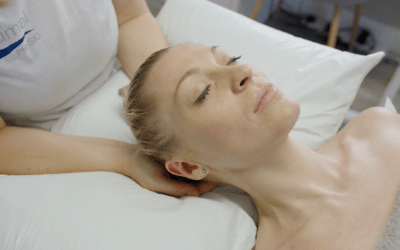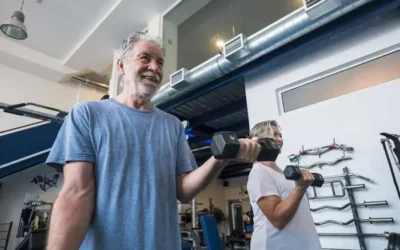Recently I had the pleasure of presenting to North Ayrshire Athletics club about injuries and more specifically injury prevention. In an engaging session, I was able to increase their awareness of injuries, recovery and prevention with some simple advice. By knowing some of the basics of injuries, you too can give yourself a head start in exercise, whether that’s training for your 1st 5km or you’re a national competitor.
What is an injury?
Playing sport and taking part in regular exercise is good for your health however, from time to time, we will all experience knocks, sprains or strains. There are many definitions of injury out there, so what can we say about an injury? An injury occurs when too much stress is applied to a tissue in the body. It can also mean a loss or abnormality of function in the body. Not all injuries have to be sports related, it may be as a result of a fall or possibly work related. Whatever the cause, it’s something physiotherapists here at optimal can help you with.
Type of injury?
There are two kinds of sporting injuries; acute and overuse. Acute injuries occur suddenly and usually associated with a traumatic event. Examples are sprained ankles, twisted knees or a strained back. Overuses injuries happen if you play a sport or take part in regular exercise for a long time, with the most common injury being a repetitive strain. They are often slow to develop and can last a longer time.
What can you do if you get an injury? Remember POLICER.
Protect, off-load, ice, compress, elevate and most importantly – rehab!
How can we prevent an injury?
Sport and exercise are extremely good for your health and well-being, as they improve your general fitness, your energy levels and wellbeing. Therefore, it is useful to know how we can help prevent an injury. Injuries unfortunately are the sole drawback of exercise and management of these injuries can be difficult and time-consuming. However, with little assistance required, you can help prevent injury by introducing some strength training, proprioceptive exercises and stretches.
Firstly, let’s try remember the basic things we can do for injury prevention. A warm up (which can include walking, jogging or dynamic stretching) before any exercise will help prepare your body by increasing blood flow and oxygen to muscles. It has also shown to also increase relaxation and concentration. We should cool down after any exercise which can include gentle walking or some stretches. It is important as it can reduce muscle soreness the next day, clear away waste products and allows your heart to return to normal rhythm.
In a 2014 study, it suggested that general physical activity can effectively reduce sports injuries. It also stated that strength training can reduce sports injuries to less than one third. Moreover, combined with proprioceptive exercises (balance and body awareness), both acute and overuse injuries could be significantly reduced by almost a half. And if this all sounds too complicated, don’t worry because we can point you in the right direction.
Don’t let your injury trouble you any longer, we can help. Call us between 8am-10pm on 0333 3010205 or simply click here to book online.
Claire Balloch
Physiotherapist at Optimal Physio, Largs
References:
Brukner, P., Khan, K. (2012). Clinical Sports Medicine. 4th ed. Australia: McGraw Hill.
Lauersen, J. B., Bertelsen, D.M., Andersen, L.B. (2014). The effectiveness of exercise interventions to prevent sports injuries: a systematic review and meta-anaysis of randomised controlled trials. British Journal of Sports Medicine. 48. p871-88
McBain, K., Shrier, I., Shultz, R., et al. (2011). Prevention of sports injury I: a systematic review of applied biomechanics and physiology outcomes research. British Journal of Sports Medicine. 46. p169-73.






0 Comments